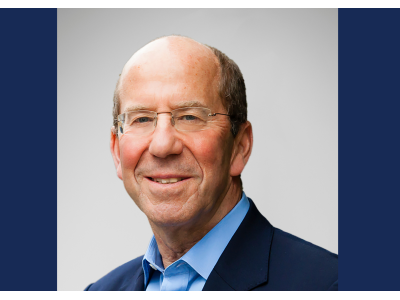
Anyone involved in making music knows how unpredictable inspiration can be to summon up.
It can be so elusive, in fact, that it has been likened to capturing lightning in a bottle.
There have been some who find mastering the process to be relatively easy.
Take the German classical composer Georg-Philipp Telemann, an 18th-century contemporary of Johann Sebastian Bach.
Over the course of his lifetime, he succeeded in writing more than 3,000 compositions, covering an enormous range, including opera, oratorios, chamber music and concertos in a number of different languages too (https://www.britannica.com/biography/Georg-Philipp-Telemann).
Tracing the exact source of a riff, a hook or a melody can be irritatingly difficult, even for those whose livelihoods depend on coming up with something new and catchy.
So precious – and profitable - are the most popular pieces that they increasingly seem to be prompting debate not in recording studios but courtrooms around the world.
Within the last few weeks, one of the world's current best-selling performers, Ed Sheeran, has prevailed following a trial in New York during which he had been accused of copying part a song by Motown legend Marvin Gaye (https://www.thetimes.co.uk/article/60e48ec0-eaa5-11ed-bf4a-7aba37244b0f?shareToken=1e42a1fdfe74f930b5bcfaf0723a1d99).
Sheeran had actually threatened to stop making music had he lost the case. It was brought by the family of songwriter Ed Townsend who had composed 'Let’s Get It On' for Gaye.
It is certainly not the first time that Sheeran has found himself on the receiving end of a lawsuit in such circumstances.
In June last year, he was awarded more than £900,000 in legal fees after defeating a claim that another of his tracks had used a phrase from a song by the British artist Sami Chokri (https://news.sky.com/story/ed-sheeran-awarded-more-than-900k-in-legal-fees-after-shape-of-you-copyright-win-12637920).
However, five years before, Sheeran had also settled a multi-million case begun by two American writers who alleged that his song 'Photograph' had used "39 identical notes"(https://www.theguardian.com/music/2018/dec/13/robin-thicke-and-pharrell-williams-to-pay-5m-in-final-blurred-lines-verdict).
I should point out that regardless of whether you like his music or not, Ed Sheeran is far from alone in having his compositions questioned.
What his recent series of cases reinforces is that for every ear only too willing to appreciate a songwriter's gift, there is arguably another scrutinising tunes to see if they can might be sufficiently similar to other works as to justify making a legal claim.
This is not necessarily a new development. In 1976, the former Beatle George Harrison had to pay almost $600,000 after being found guilty of "subconsciously" plagiarising the Chiffon's hit 'He's So Fine' (https://www.nytimes.com/1976/09/08/archives/george-harrison-guilty-of-plagiarizing-subconsciously-a-62-tune-for.html).
Some well-informed commentators suggest that the prospect of a legal challenge is making music executives risk averse when it comes to finding pop's 'next big thing' (https://tedgioia.substack.com/p/is-old-music-killing-new-music).
As someone who has been involved in such legal cases, I am well aware of how difficult they can be to substantiate.
As Ed Sheeran and others have previously remarked, there are only eight notes in an octave (or 12 in the chromatic scale, for the sake of being complete) and only a limited number of ways in how they and the chords or riffs in which they sit might be arranged.
The fact that music of certain genres - be they jazz, rap or heavy metal - need to resemble other songs of that particular type to attract an audience and be successful potentially further increases the likelihood of someone believing there to be similarities which might amount to copying.
Copying, in this context, can be argued as conscious - a deliberate decision to incorporate or 'lift' part of another composition - or indirect.
The latter is what George Harrison was found to have done. It is, I suppose, the hearing and mental filing away of a chord progression or melody before it is incorporated into what appears at first to be a new song.
For a claim to be successful, it has to demonstrate that there was substantial copying, not merely using similar chords.
What all this legal action underlines is the need for composers to be precise in documenting the process of putting a song together from its embryonic, almost back of a cigarette packet stages.
That means keeping all scraps of lyrics as they're being worked up, snatches of recorded modulations.
Although that might seem a touch too thorough, no-one ever knows if a song is going to be a hit or not.
Determining success is for artists and record company bosses alike as elusive and problematic as the inspiration required to create tracks in the first place.
In the event that your compositions do find favour with the music-buying and concert-going public, showing how they were originated can be critical in convincing a judge and warding off a big-money claim.
To discuss any of the above further, please feel free to contact Bill Lister: billlister@bexleybeaumont.com | 07825 008252